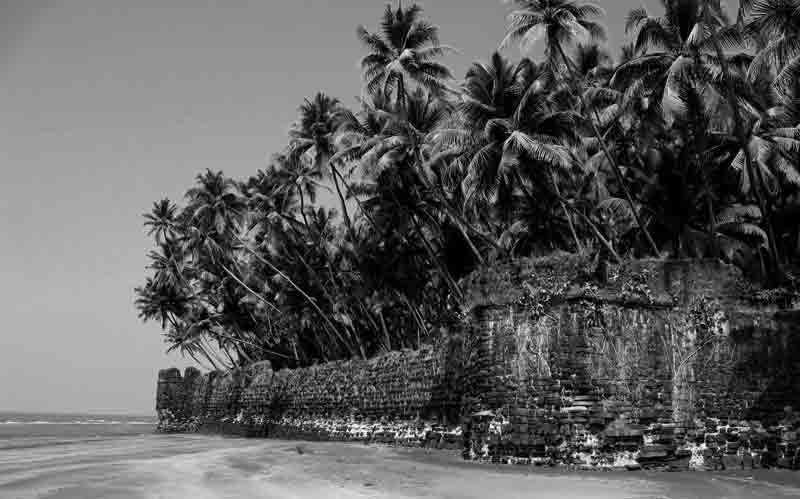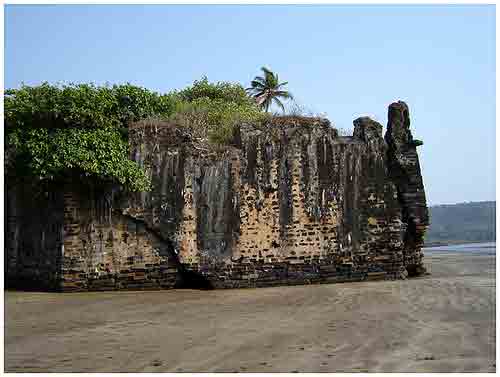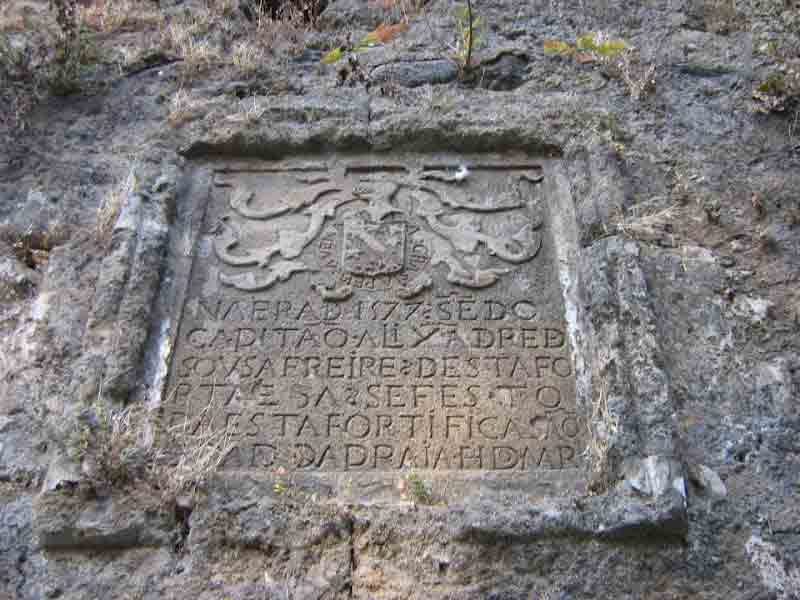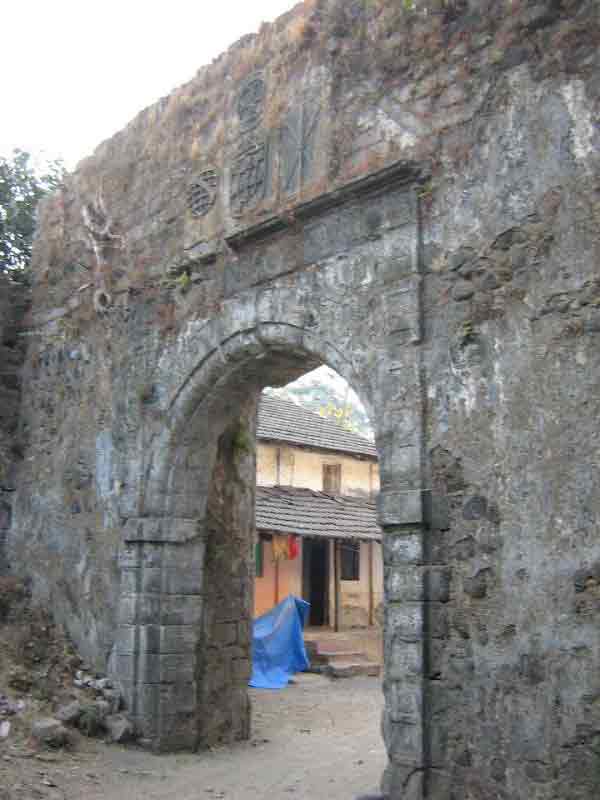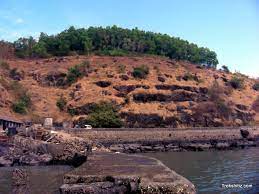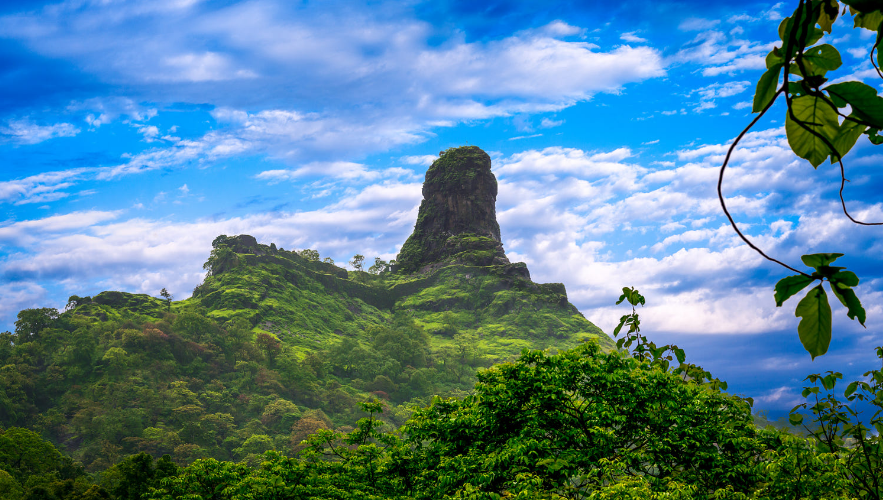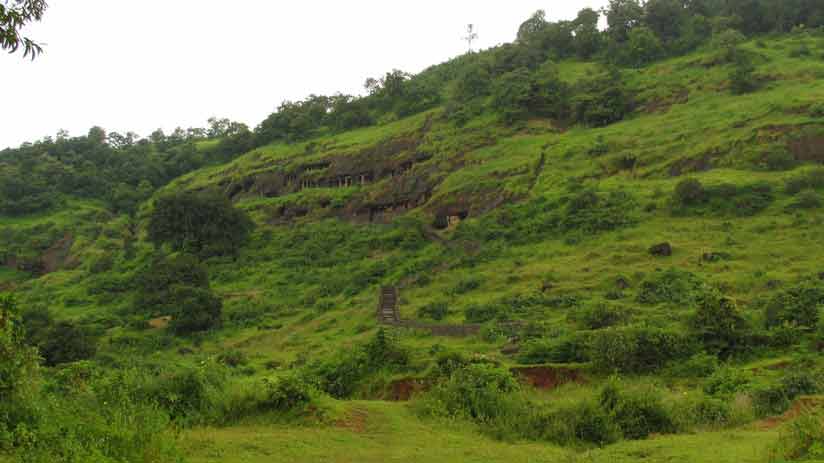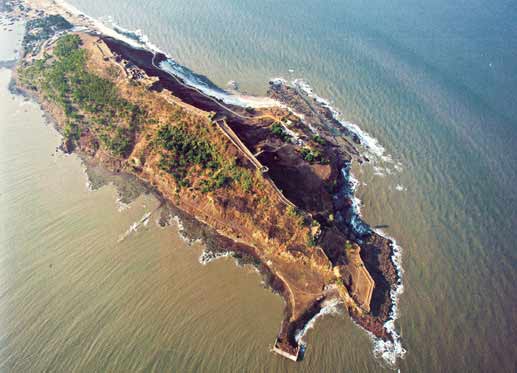Contact Us :
Revdanda fort - Revdanda, alibaug
Revdanda fort was a beach facing fort built in 1558 by a Portuguese captain Soj to watch over their trading interests. It is located in lower Chaul, which one comes across on the Alibaug-Murud road (17kms away from Alibaug). During the Portuguese times it was called Santa Maria de Castelo, but the locals called it Revdanda after Revati the spouse of the Yadava king Balrama.
The Portuguese stoically defended this fort against many invasions namely in 1570-71 and in 1594. It was captured by the marathas (by the Angres, during the time of Nanasaheb Peshwe) in 1740 (Note.an earlier attempt in 1683, during the time of Ch.Sambhajiraje had failed). In 1
06 it was ceded to the East India company and remained in brief control of the Angres in 1817.
Revdanda-Chaul (Chenwal in Konkani language) has a history of 2000 years. Chaul (Simul,Champavati were some of its old names) was ruled in the medieval times by kings like Bhoja (12th cen) and Bimbadev (13th cen).Chaul came under Tughluq in the 14th century , the Bahamani sultans in the 15th century, Nizamshahi in 16th century, Portuguese in the 16/17th century (1505 onwards. In 1508, an combined army of Egyptian Mamluks and Gujrat sultanate defeated the Portuguese. The first Portuguese settlements started in 1521 with the permission of Nizamshah), the Marathas in the 18th century and the British in the 19th century. Chaul always remained a major trading port during the rules of all dynasties.
There were also other forts in Chaul like Agarkot of the Nizamshah (destroyed by the Portuguese) , Rajkot built by Sambhaji (destroyed by the Angres in 1748) and Korlai (known to the Portuguese as Morro de Chaul or Rock of Chaul) which still exists in the vicinity on a nearby cliff. Korlai was captured by the Portuguse till 1739 until it was seized by the Marathas.
Revdanda had a chapel where St Francis Xaviers delivered one of his earliest sermons in the Indian subcontinent. Revdanda was also the first place in India where Afanasy Nikitin, the first Russian traveller landed .
Today all that remains in Revdanda Fort are Palm and betel nut trees and a dilapidated storeyed structures.












